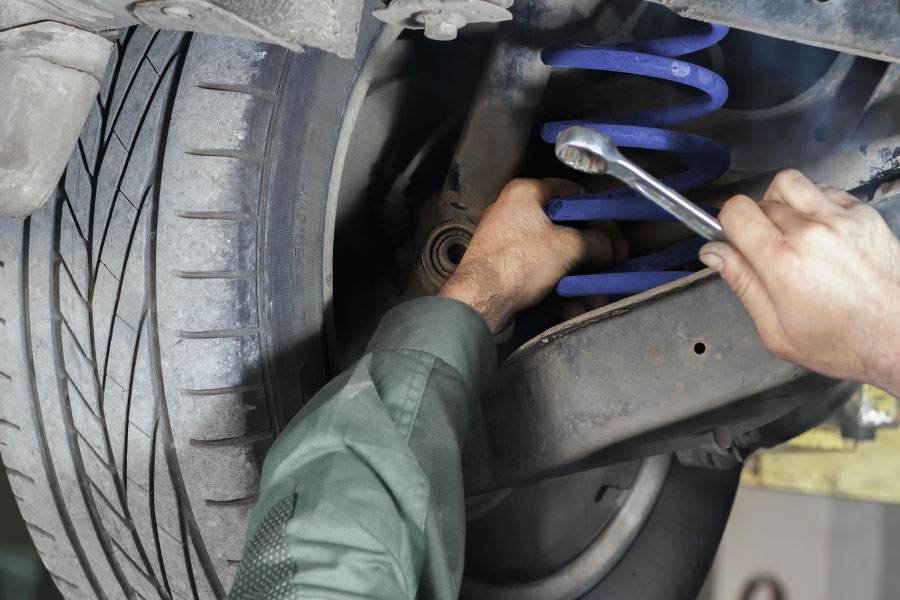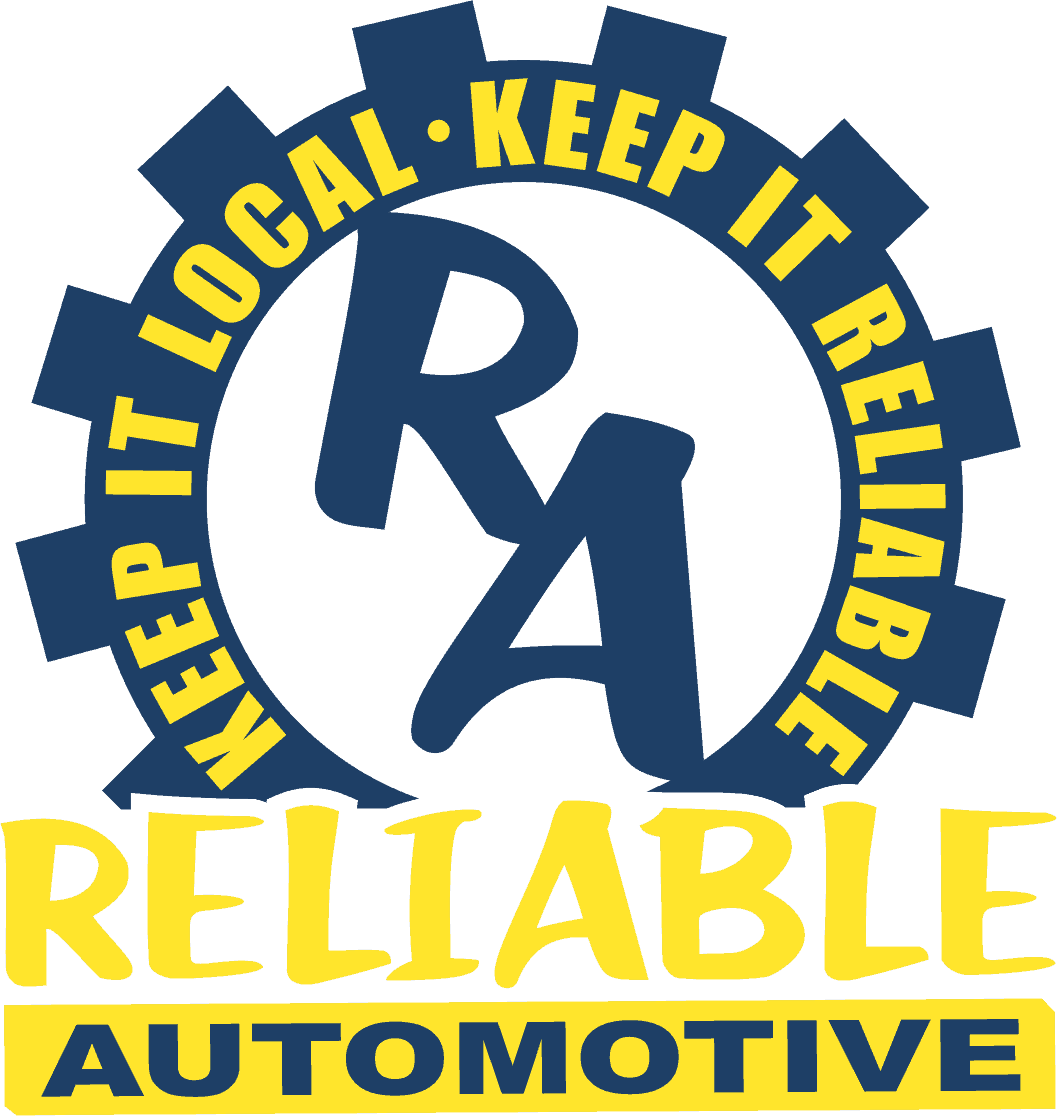
According to mechanics, if there’s one area that people are most confused about in their cars, it’s the suspension system. Car owners generally only know that shock absorbers are supposed to smooth out the ride. Here we discuss how a vehicle’s suspension works and why it’s important.
Your car’s suspension system is essentially designed to maximize the friction between the tires on the road and the body of the vehicle in order to provide better control and handling of the vehicle and to ensure the comfort of the driver and passengers.
How It All Works
The purposes of the suspension system is to handle all the up and down forces of the tires as a vehicle turns corners or hits bumps. This allows you to not only have better control of the vehicle but also to avoid severe bouncing on the driver and the passengers.
There are many parts of the suspension such as the springs, the dampers, the shock absorbers, the suspension system and anti-sway bars for example. They each work together to keep your tires solidly in touch with the pavement, and to control the counter-forces that occur while driving.
One thing to consider is that certain parts of your suspension system like the ball joints, the shock absorbers and the struts don’t last forever. Manufacturers might have you believe that you may get 50,000 miles on a set of shocks, but it would be smart to have them inspected shortly before the 36,000-mile mark since many car warranties end shortly thereafter.
Why It’s Important
Imagine if your vehicle was traveling 70 miles an hour, and then out of nowhere a huge block of wood was right in front of you. You swerve, but one wheel goes substantially over the wood. Without a suspension system, you might have a severe rollover effect.
Not only do you want to avoid accidents due to a poor suspension system, but if the money is coming out of your pocket, it can get expensive. Expect to pay $450-$900 for a pair of replacement structs, and $250 to $580 to replace a pair of shock absorbers.
Five things you can do to check your suspension include:
#1. Pay attention to whether the drive seems rougher.
This, of course, can be because of bad roads, but if general the road seems rougher almost everywhere, you may have a problem with your suspension.
Also listen for noticeable squeaks as you drive.
#2. Pay careful attention to how your vehicle turns
If you feel like as your vehicle turns your car or truck is fighting you, the chances are great your suspension needs to be checked.
#3. Inspect the wear of your tire tread
Your tires should wear evenly and if they don’t, there is likely a problem with your vehicle’s camber. the angle your wheel sits in relationship to the road.
#4. Brake sharply and watch your hood.
If your hood dips as you brake, you may have a suspension problem.
#5. Look to see if your car looks level
Your car shouldn’t sag anywhere but should be level in both the front and back
It’s so essential to keep your suspension system operating properly that the alternative, either a complete suspension replacement or a major accident makes the fees involved seem quite reasonable.






